Traveling to rural Connecticut to see Ted Gahl’s studio, further and further out into the northeast landscape, I witness dilapidated factories scattered in between the hills of towns that have long been abandoned by thriving industry, and over time have gradually started to fade back into the surrounding nature. I realized through this emptiness what this place was about. It was an echo of its past, the furthest place from New York. A place to focus, a place to paint. This was exactly what Ted is here to do. I finally get to his space, which is in an old stocking factory adjacent to a river. We walk into his studio, where he is gearing up for a solo booth presentation with .
F: I like this ‘sailor’ one.
TG: Oh yeah, that’s a reef knot. Its like a really simple sailor knot and the idea was that it was also kind of in the shape of a sailboat.
F: You know what it reminds me of? It reminds me of the framed knots that you can buy at a gift shop.
TG: Oh yeah! Or like at a seafood restaurant. That’s kind of like the nautical equivalent to being in Texas and seeing wagon wheels on the wall at a barbecue place. That’s really funny.
F: Yeah. Its almost like that knot becomes a mark.
TG: Yeah and again, that’s a thing that no one probably will get. That’s okay, I guess. It’s more for myself.
F: I think its pretty clear with the context of the other ones.
TG: Yeah and that’s one that, you know when I show stuff like that, I like them to throw it off a little bit. Five of these (more traditional paintings) and one like that in a row of six.
F: So is it a constant reevaluation of “this is an image” and “no, its an object”
TG: It’s like a comma in a sentence. It’s a break. I like showing them all in clusters. I treat my smaller work a lot like the drawings I do on napkins or paper. I almost look at them as sketches more than I look at them like singular paintings. The ones I just did in California are a good example of that. You know, that’s like working for a week – Some are made at night and some are made in the morning. They’re all a bit different.
F: It seems like they’re the same idea executed differently. Some of the ideas pick up other ones.
TG: Definitely. I got a lot of sunglasses going on in there [painting]. In LA, they’re so obsessed with sunglasses and sun. Everyday it was so nice.
F: Did you paint the larges ones after or before?
TG: Before. I didn’t want to come back and totally rush so I did these three roughly before I left.
This one is called ‘Tuesday Ideas.” I went to a bunch of shows before I went to L.A. Basically all the drawings and the paintings are quick sketches of actual images in shows. This (pointing to sections of painting) was a show at where there was a really great so this was the arm in the Carroll Dunham painting and the guy with the gun behind himself. These are all little details. They all become pretty abstract now but this is just a woman looking at a painting, and a woman looking at another woman’s hat in one of the galleries. They’re quick drawings. So this essentially, you’re looking at my Tuesday in the context of a fictional studio and here’s the easel. This is the painting on the easel, and this is the painter in the studio with the arm relaxing, looking at his painting with his fishbowl-a little Matisse reference. All these different things and this mirror, tools and stuff and the paint rag hanging off of the easel and the floor with paint spills all over it and the mouse hole, so… I’m sure some people look at it and they just see a bunch of shit, but that’s where it’s derived from, it’s not completely arbitrary.
F: It’s interesting, looking at an older painting at your house, which was so figurative, and then looking at the ones you were cutting apart at where you peeled stuff off. Those were very abstract and now it seems like your work is somewhere in the middle, back to being entrenched in imagery, and at the same time, kind of hidden or subdued.
TG: Yeah I think what I’ve been trying to do in the last couple years is to find a balance within those two ideas. I think when you’re a young person painting there is always this pressure, whether brought on by peers, faculty, etc,. If you’re going to paint abstract, you can only do that. If you’re going to go figurative, you have to stick with that. I employ both modes in my work, and the scale tips one way more on some than others. It’s really fun to try to do and that’s what I’m going for. I also got to the point where doing this stuff, the abstract ones with the paper and stuff was getting too far away from actual painting. It got to be almost too much about placement and collaging, with an outcome more based on the material. From here on out I just want to make paintings. With the small ones, there’s definitely stuff going on where it goes off the path a little bit, but when it comes down to it, 90 percent of the work is just painting. Paint on canvas. That was a big thing for me the last couple of years, just to try to keep it bare bones and not go crazy with the materials.
F: Right, not leaning on the materials.
TG: Right, and when I showed you the back of that card (undergraduate work at Ted’s house) you had a really good point. It’s really funny that those were so different and figurative, but even then you could see how they were the basis for my current work, this collaged, drawing-based imagery becoming a painting. It was just a little bit more blatant, the image was clearer for people to read. Now you have to do more work when looking, and I like that idea. I want it to be more difficult to pick out what’s going on, because otherwise I might as well do screenprints, or make a logo or something.
F: The napkin ones: do you do sketches and then put them together?
TG: Yes, and you can see I literally do them in the shapes of a canvas. I’ll do a shape that’s a 48×72 inch shape, but basically done on a napkin. Sometimes four drawings will turn into a painting where they literally snap together in four pieces, like a window. Or, what I’ll do is go in and say “I really like this kind of chest shape, or this weird shirt thing, or this head silhouette.” Basically pick and choose. This painting (60 x 72 inch painting in progress) was based on drawings I did of a Bastille Day party I was at. I was wearing this shirt that had these pipes and cigars on if and kept looking at the shirt upside down. There where these patterns and leaves – and croissants in this bag. So now I have that for half of this painting, maybe I will keep it, maybe I won’t.
F: So with all these ideas from the napkins, do any paintings ever get made that depict one singular image?
TG: That happens in smaller work, but hasn’t happened yet with the larger paintings. I think it takes a long time to do a painting like that, kind of like does. I don’t feel like I’ve done enough yet to do that kind of painting. I admire that, but I can’t do that yet, I think I have to work up to it.
F: Do you play your VHS movies while you work?
TG: Yeah, that’s all I do! A lot of titles and little nuances in the movies I watch are put into the pieces. I used to listen to music, and still do, but I find that I’m tired of my iPod because I haven’t gotten any new music lately. So, I just put in a VHS. Obviously I’ve seen all these movies, but I love to listen to the dialogue. You can tell by my movies that I like dialogue. I could listen to the scenes in “” all day.
image courtesy of artist
F: Did you ever paint in oil paint?
TG: Yeah, I took oil painting courses when I was at junior and senior year, and did a lot of still life paintings and stuff like that, but as far as making my own work, no I haven’t used a lot of oil. Mostly because of space issues and chemicals, but I’m getting pretty close to giving it another go.
F: You should, but its interesting the way you use acrylics it feels so much like oil.
TG: That’s what Seth (from ) was saying when he was here the other day. “This looks like oil, this one looks like oil.” I don’t work in an impasto style, but I do layer a lot of paint at times. You can see a chalkiness or tackiness from the layers, but there is not a lot of paint coming off the canvas, I keep it pretty flat.
F: How long does it usually take you to do one of these small paintings?
TG: I find it’s interesting to talk about how long work takes, because you make paintings too, and it’s a lot of fun when you’ll be messing around, and you have an idea and do it and it comes out just the way you want it to on the first try. Then there is other work that is cursed, and no matter what you do to it, it never works. You have to literally throw away the stretchers. No matter how many layers of gesso or how much cool shit you do to it with whatever, it just doesn’t work.
F: Sometimes for me I have to get acquainted with the canvas, break it in a little. But foryou it seems like, and maybe because the repetition of some sizes, you can attack it and get what you want out of it.
TG: I think it’s always hard. Regardless of content, I think one of the hardest things for artist or painters or whatever, is to realize what you should be doing. Realizing what your strengths are. What you’re best at, or what you enjoy, or a combination of both. At the end of the day, all my work is based on these drawings on napkins. Like I was saying before, you have to try and search for that balance. This is what I always do, what I have always done and probably what I will keep doing, so why not pay attention to it?
You can see more of Ted Gahl’s work at .

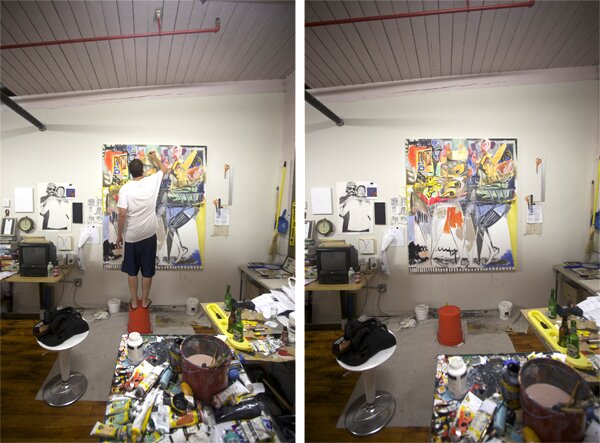

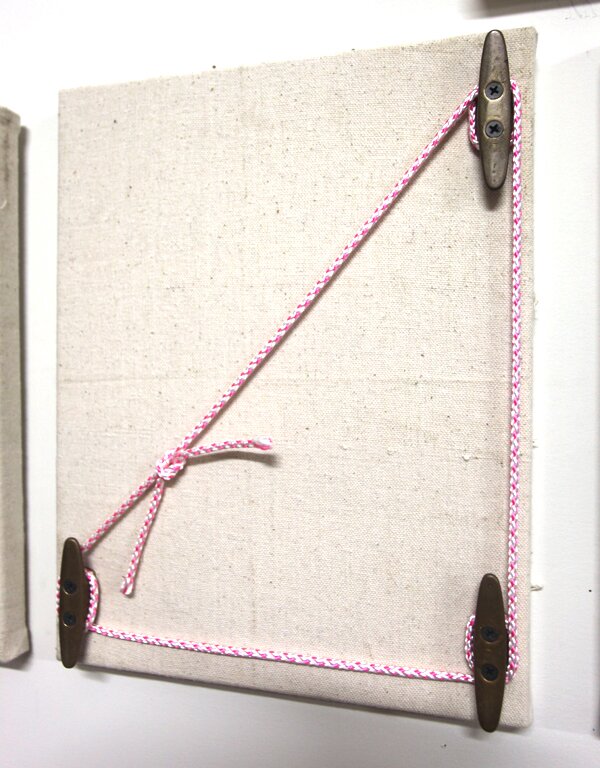
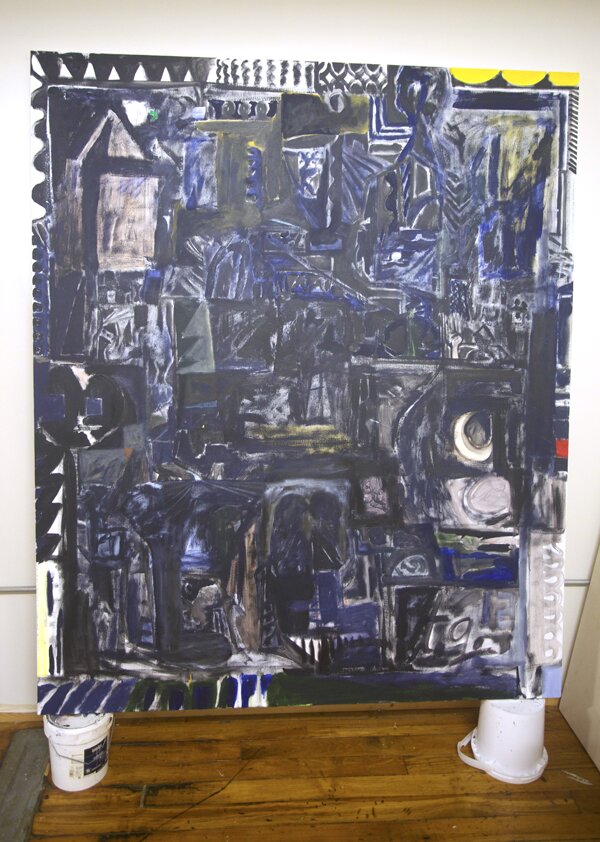
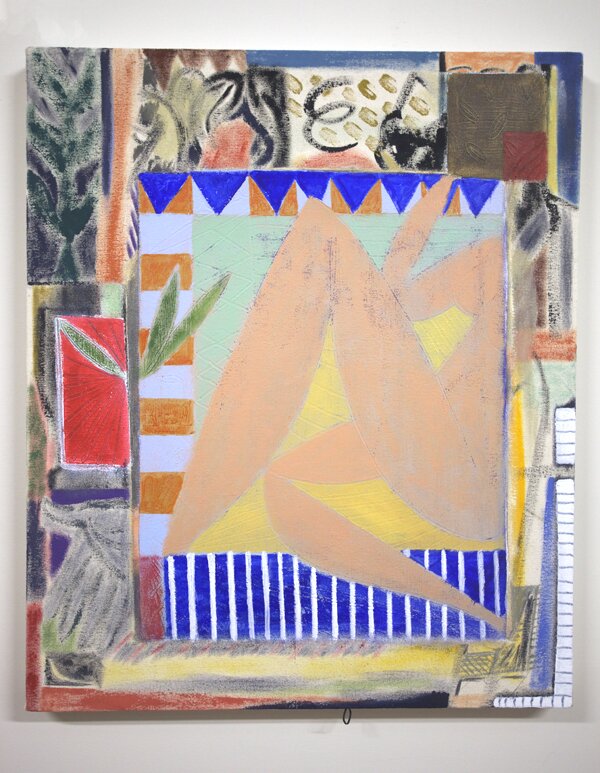
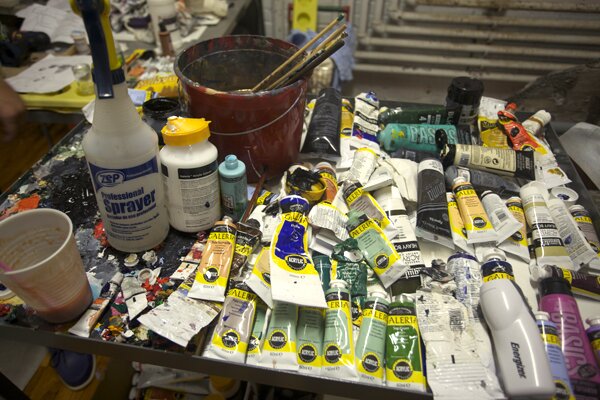


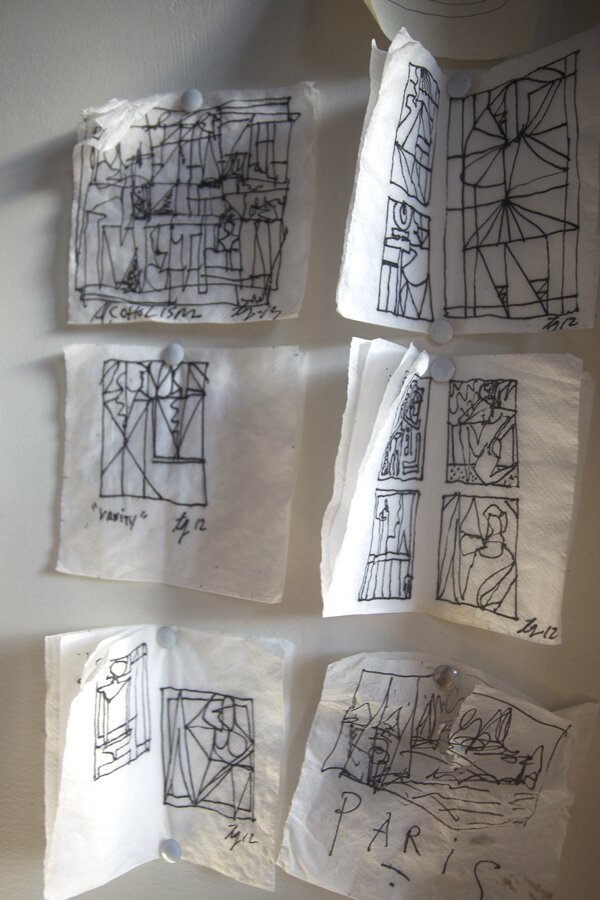


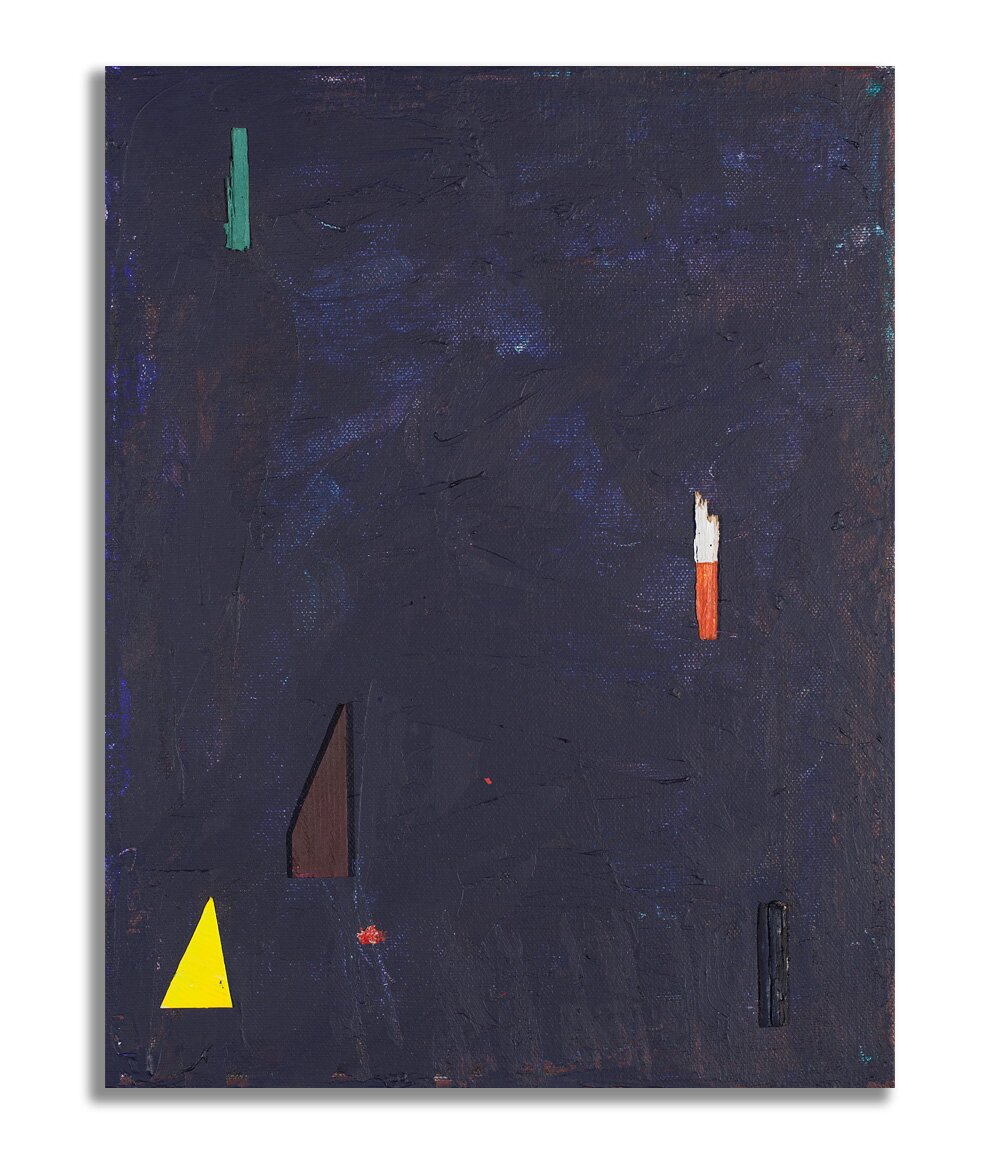

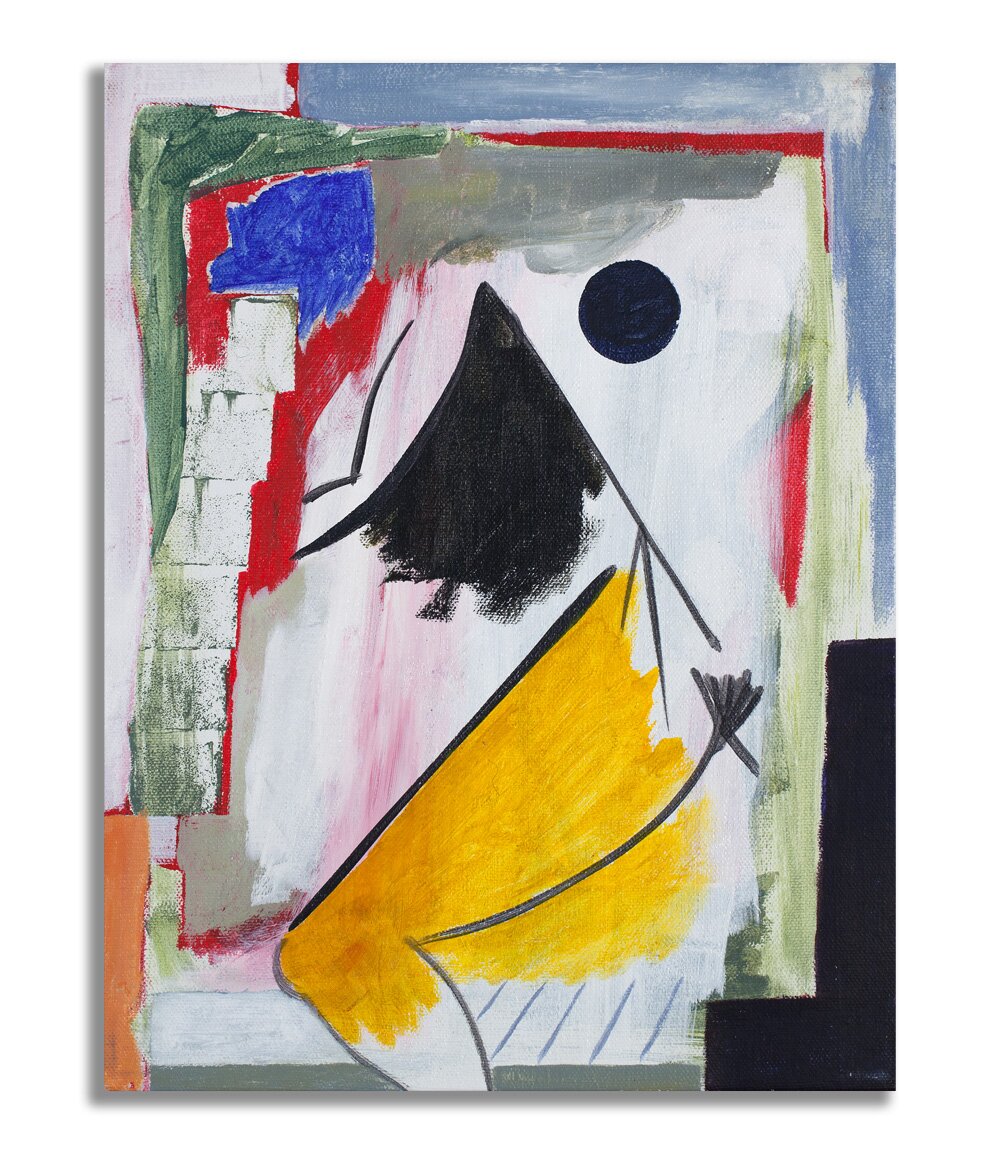


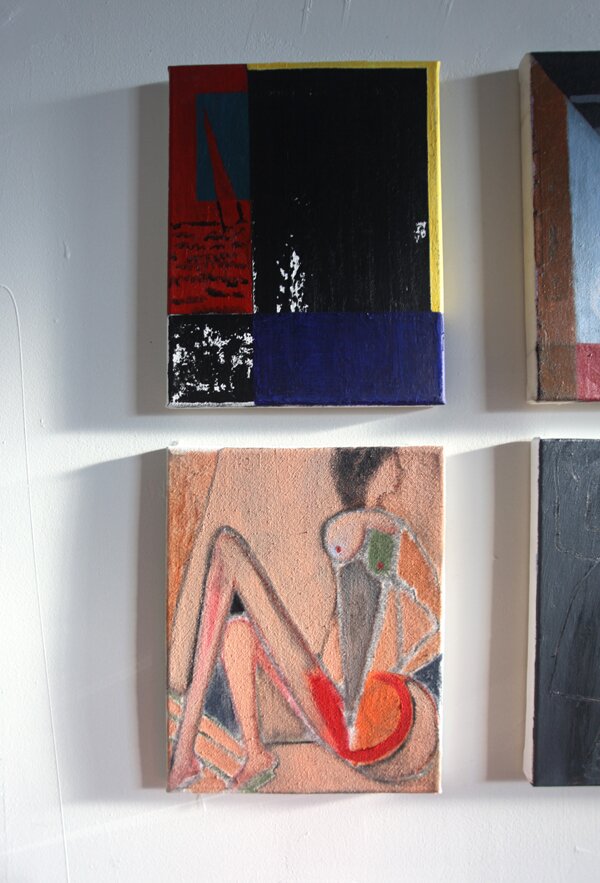




What a talent, love this work!
Nice to see someone checking out some art in the boonies! It gets lonely out here.